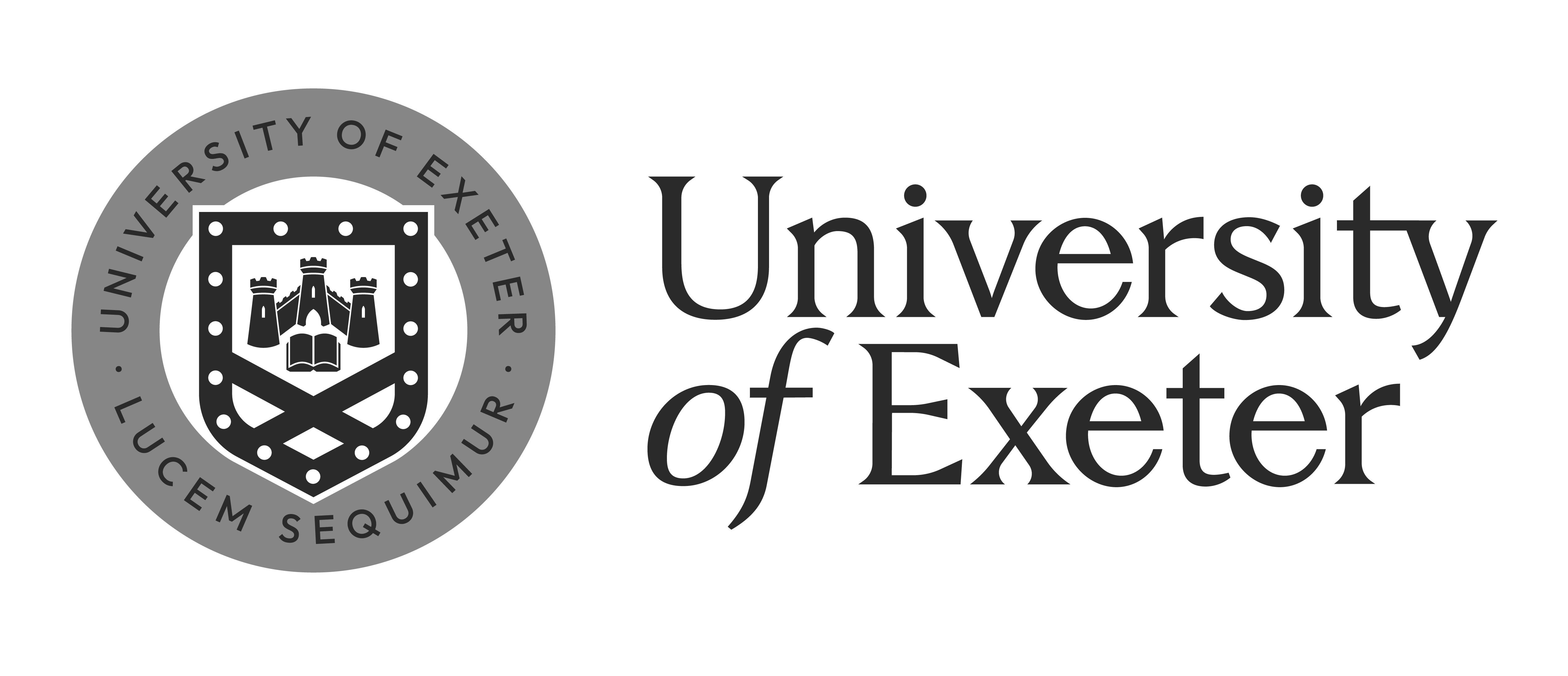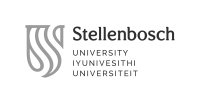S2604 Art and Architecture in Renaissance Venice
Professors
Schedule
Course description
The Italian city is the crucible for creativity that forged the Renaissance. To this day, Italy is defined by sharp contrasts and distinctions between cities and regions. Local pride and identity is wrapped up in these distinctions and even has a name, campanilismo – pride in your bell-tower, your place. Taking Venice as its focus, this course looks at the period (c. 1400-1580) in which the cultural variety of Italian cities really took form, and came to be expressed in visual and verbal terms.
The poet and scholar Francesco Petrarca described Venice as mundus alter (another world), and there is little doubt that the city’s unique character was expressed visually through art and architecture. Venice forms the central case study for this course. We will also explore through comparison to such centres as Florence, Siena and Rome how the Serenissima’s distinctive character was forged through contrast to and assimilation of innovations in urban form, architecture, paintings and ritual events that combine to shape identities of place. With a focus on architecture and urbanism, the course explores how through the Renaissance period diverse traditions – from the Byzantine East, from classical and humanist Rome, but also innovations developed in Florence – contributed to the city’s artistic development.
Throughout the course painting and sculpture will be analysed through context, with consideration to civic, religious, domestic and public space. The structure is thematic, as opposed to chronological, in part to make the material more accessible to a wider range of students, although the focus remains the history of art and architecture of this remarkable city.
Syllabus (themes for each week)
Renaissance and Renaissances in Italy: Ideal Cities?
Mundus alter. Local identity and the fashioning of urban image.
Urban armature: infrastructure and urban form
Civic and collective identities
Commercial vocations: mobility and trade
Neighbourhood and community: parish churches
Private identity and the urban élite: palaces and the Grand Canal
Guilds, charity and poor relief: institutional and collective duty
Outsiders, mobility and assimilation
Venice reborn: Sansovino and Roman classicism
Andrea Palladio and a new architecture
Renaissance Reloaded: rethinking the city today through politics, entertainment and tourism.
Site visits
Site visits are integral to this course and will include: Piazza San Marco, the churches of San Zaccaria, Santa Maria dei Miracoli and San Giorgio Maggiore, Ca’ d’Oro, the Scuola di San Giorgio degli Schiavoni, Scuola Grande di San Marco, and the Gallerie dell’Accademia, and guided walks to selected parts of the city.
The half day visit (4 hour co-curricular) will be to one or more villas designed by Andrea Palladio, including Villa Foscari (la Malcontenta) and Villa Emo or Villa Barbaro at Maser.
Teaching format
Lectures structured around illustrated presentations, for which students are assigned weekly reading tasks
Site visits including small group presentations
Students are expected to take part in class discussion on themed topics and will produce both individual and group research work.
Learning outcomes
1. Demonstrate an understanding of the art and architectural history of Renaissance Italian cities, and Venice in particular.
2. Demonstrate an understanding of the concepts of urban/cultural identity and choices.
3. Demonstrate a basic knowledge of the key recent debates and issues that underlie the study of Italian Renaissance urban culture.
4. Demonstrate familiarity with the history of various forms of cultural expression in the context of Renaissance Venice.
5. Recognize and operate basic art-historical terminology and concepts
6. Detailed knowledge of the places, buildings and artworks examined in class
7. Ability to produce and present a research paper involving visual analysis, reading of scholarly publications, and critical thinking
Teaching Assessment
Teaching format
The course will be delivered through a combination of lectures and site visits.
Site visits should be understood to be classes ‘on location’ and are not optional. A number will include small group presentations.
Students are expected to take part in class discussion on themed topics and will produce both individual and group research work.
Listed under ‘syllabus’ are the main themes for each week. As there are two classes per week, the structure for classes will be:
Class 1: There is one lecture each week, which will have a relatively open and interactive format, intended to respond to queries and issues as we go along. The final 30 minutes will be a structured discussion based on one assigned reading.
Class 2: There are 10 site visit classes; again a brief reading will be required as preparation. 5 of these classes include small group presentations on case examples related to class themes. One co-curricular visit is included in the course delivery.
In addition to class contribution, each student will agree (in discussion with the professor) a research topic for the final research paper. A formative piece of work is produced in the week following the reading week to define this topic.
Assessment:
The final grade will be based on:
- Attendance, contribution to discussions and the course activities (20%)
- In class group presentation, with short individual written submission (feedback provided; 30%)
- Final research paper: short class presentation during the exam week and written version to be handed in the week before (50%).
Bibliography/Recommended Reading
(note that specific readings are provided in the weekly lecture listing, below)
Patricia Fortini Brown, Art and Life in Renaissance Venice, New York, Harry N. Abrams, 1997.
Peter Burke, The Italian Renaissance: Culture and Society in Italy, Cambridge: Polity, 2013
Deborah Howard, The Architectural History of Venice, New Haven and London: Yale University
Press, 2002
Tom Nichols, Renaissance Art in Venice: From Tradition to Individualism, London: Laurence King, 2016
Evelyn Welch, Art and Society in Italy, 1350-1500, Oxford: Oxford University Press 1997
Last updated: January 29, 2025


















